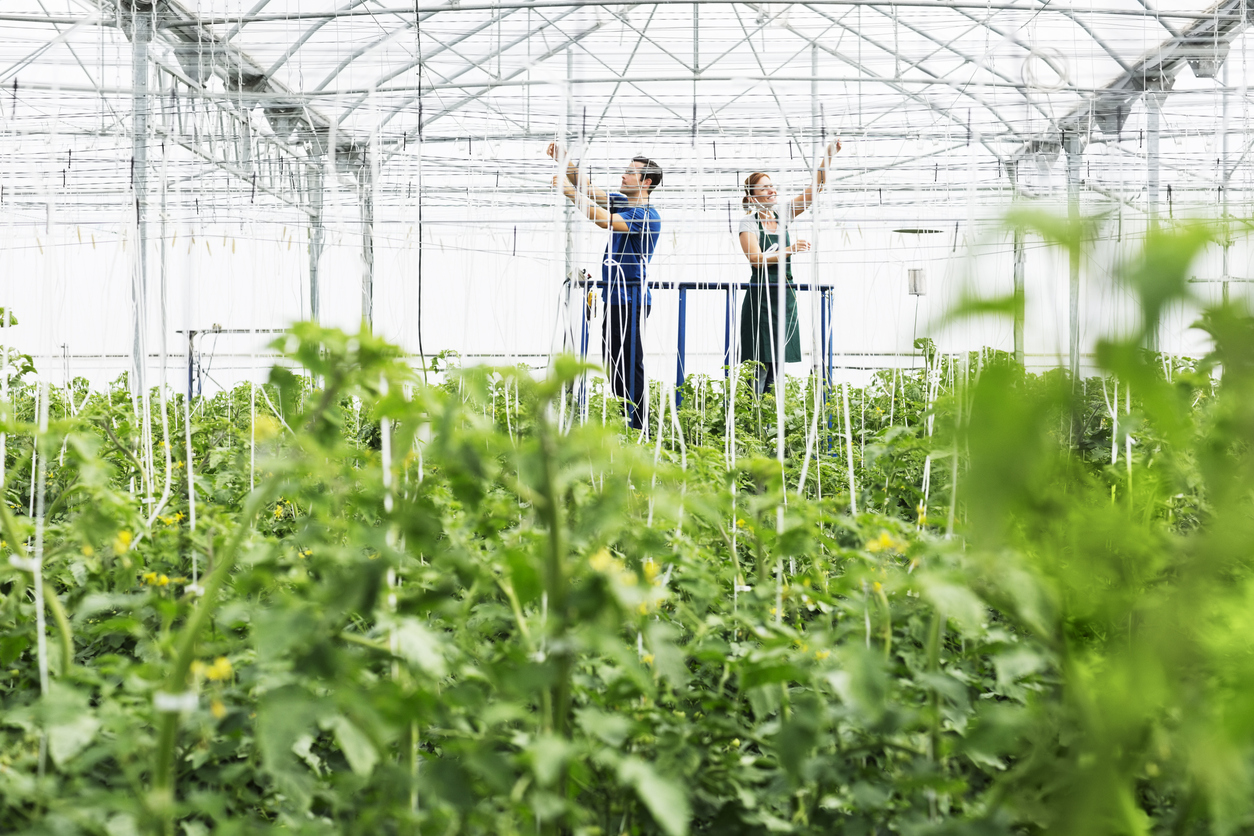Agriculture is the most resource-intensive industry on the planet, and its size and impact are often underestimated, says a new study from RA Capital Management’s Planetary Health Team and The Nature Conservancy.
To showcase both the scale and impact of global agriculture on the planet, the two groups this week released their Agriculture Map, which they call “a systems-level view of the most important industry in the world… and a call to action” for investors, governments, businesses, and philanthropists alike.
Findings showcased in the agriculture map are based on “proprietary data analysis” and “extensive research,” according to the companies. While much of the data here is well known in agrifood and impact circles, the map also drills down into individual areas, such as alternative protein and food waste, to reveal some statistics that make ag’s impact seem a little less abstract to the viewer.
“The environmental and human health challenges posed by the food system are well-understood in some circles but making this information material and actionable to stakeholders can be a real challenge,” explained Stephen Wood, a senior scientist of agriculture and food systems at The Nature Conservancy. “This map makes it possible for non-experts to quickly understand the scope and scale of the problem, as well as the solutions.”
Individual solutions are scattered throughout the geography of the agriculture map. The over-arching takeaway, meanwhile, is a call “to move beyond singular technological innovations focused on increasing yields” to “a broader and more dynamic set of solutions.”
“By publishing this map, RA Capital and The Nature Conservancy aim to make agriculture’s scale and impact—both positive and negative—impossible to ignore.”
By the numbers: agriculture’s impact on planetary health
50%: amount of habitable land on the planet used for agriculture
Land requirements for the oil and gas, cement, and steel industries are less than 1% of that of agriculture, according to the agriculture map.
70%: amount of global freshwater used for agriculture
This one’s not too surprising, given the importance of water-intensive crops such as rice and almonds. Agriculture is also “a key source” of water pollution from over-application of inputs, which end up in rivers and other sources.
Speaking of which . . .
500: number of aquatic dead zones in the world
These ocean dead zones, formed by fertilizer runoff, are collectively the size of the United Kingdom; they lead to $170 billion in lost revenue from fishing, tourism, and other industries.
86.6 quadrillion: number of British Thermal Units of energy used in agriculture
This is higher than cement (14.7) and steel (37.3) industries, but substantially lower than oil and gas (348).
40%: footprint of existing land we would save with more greenhouse production
The agriculture map advocates for shifting more (but not all) fruit and vegetable production to greenhouses, which would use roughly 40% less land than conventional fruit and veg farming. A complete shift to greenhouses would not be feasible, according to the analysis, due to yield demands.
2 billion: people we could feed with food wasted globally
Collectively, the land required to grow all that uneaten food is almost twice the area of the contiguous United States.
2X more than needed: the number of calories global agriculture produces
“Malnutrition and food insecurity are therefore not an issue of overall production but rather stem from inadequate distribution,” notes the study, which adds that the rise of weight-loss drugs could further reduce the need for excess calories (in wealthy countries, at least).
96%: amount of land saved if we switched to cultivated meat
Switching exclusively to cellular meat would save around 36 million square kilometers of land that’s currently used for pasturing and animal feed. (The study does not mention energy usage associated with cultivated meat.)
$400–$500 billion: total addressable market size for alternative animal feeds
Novel feed additives and supplements could help reduce cow burps, which account for 30% of farming-related methane emissions. Manure management, eating less meat, and improved vaccines and other “medical interventions” are also solutions, according to the report.




